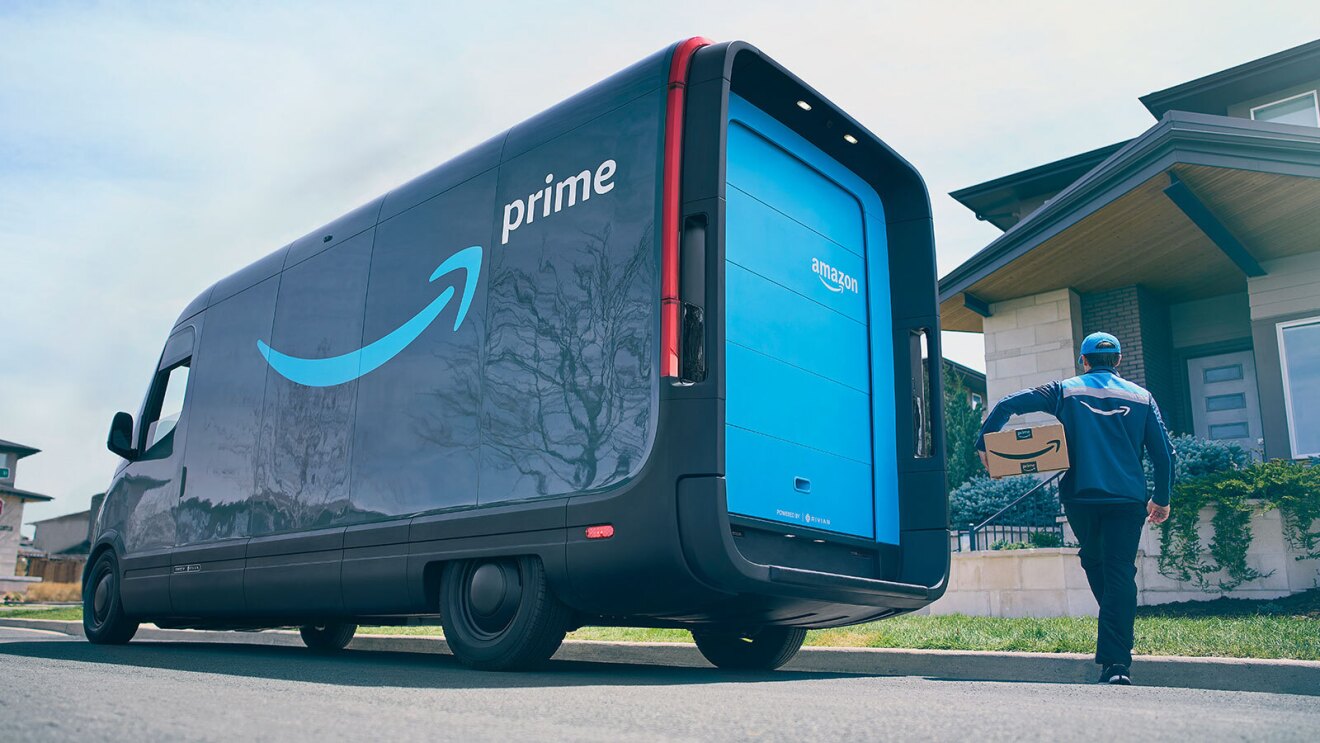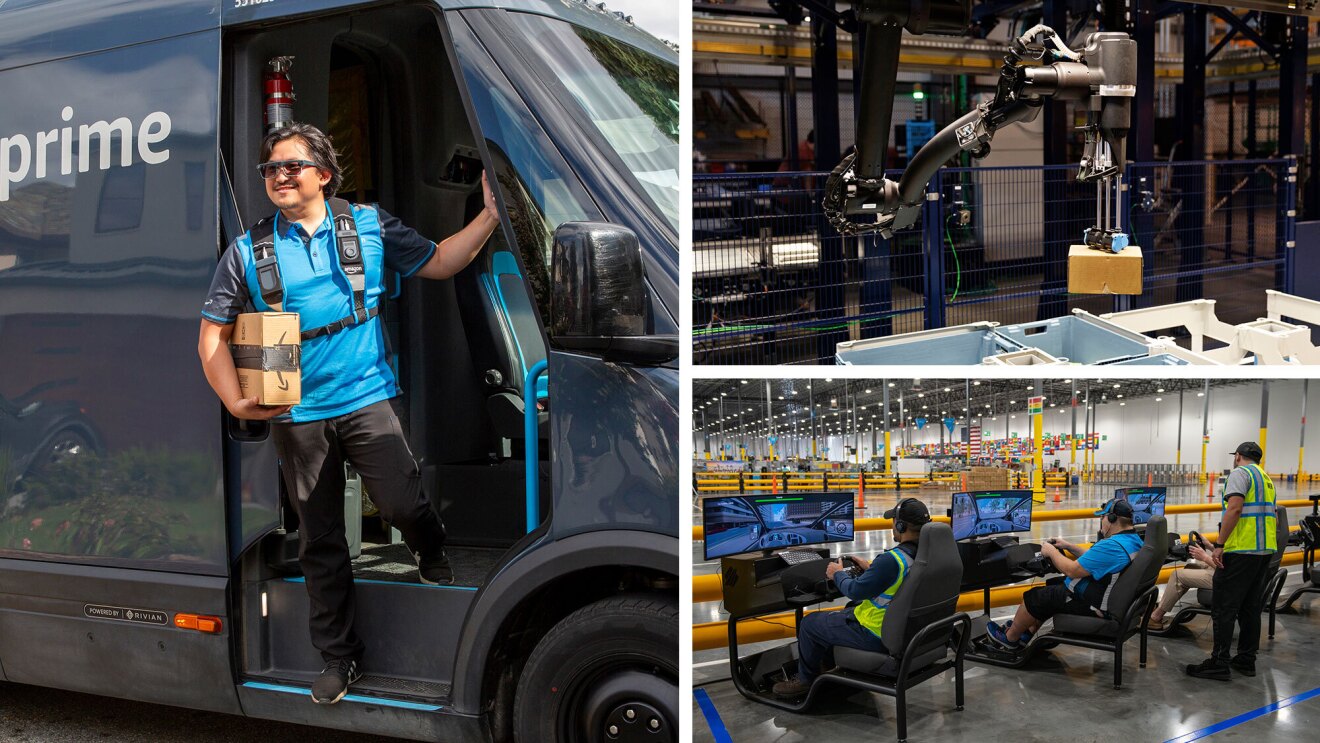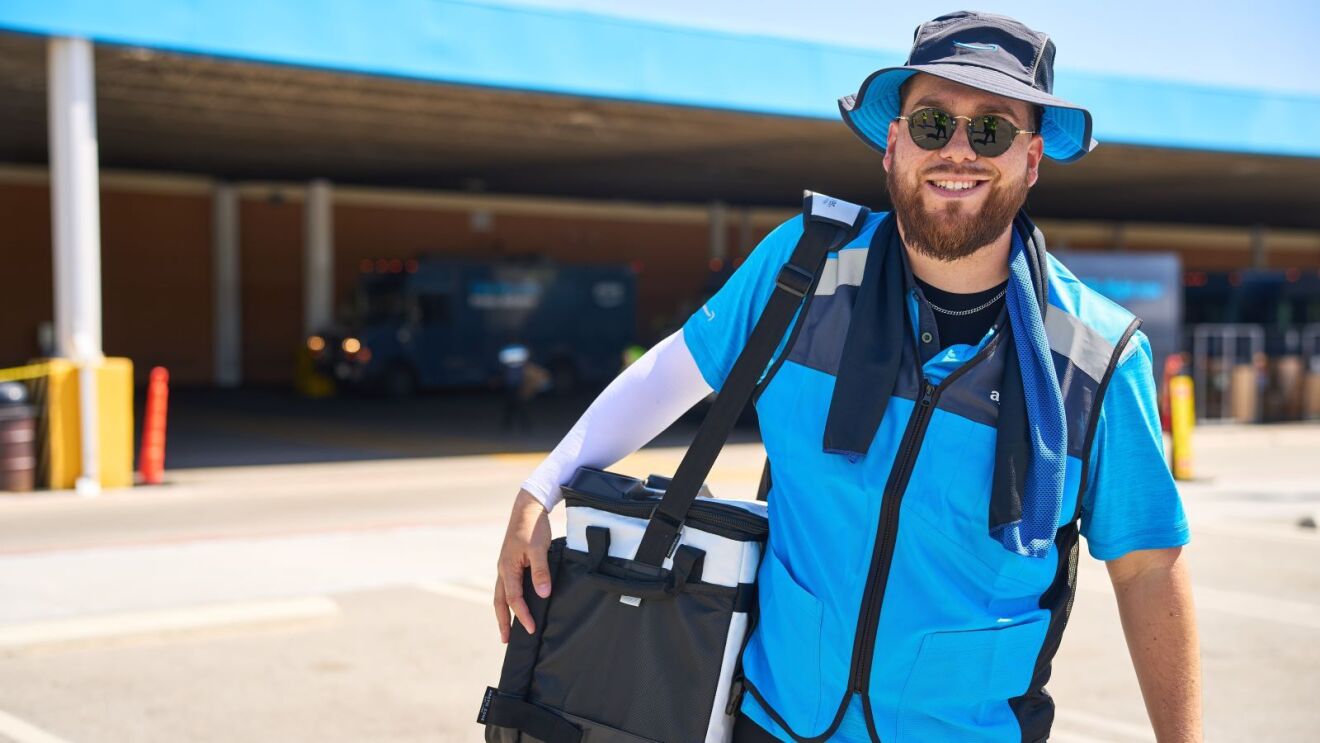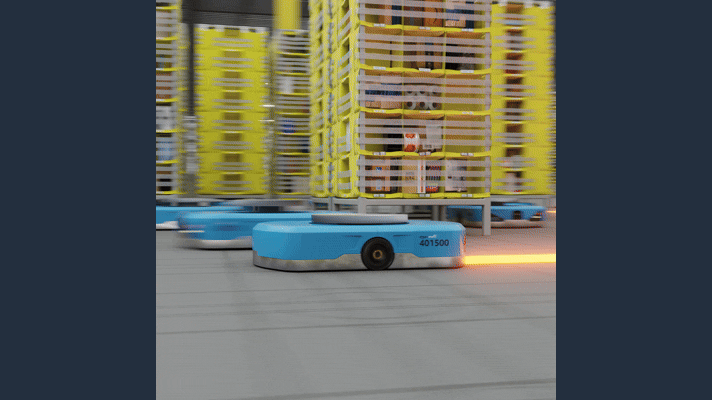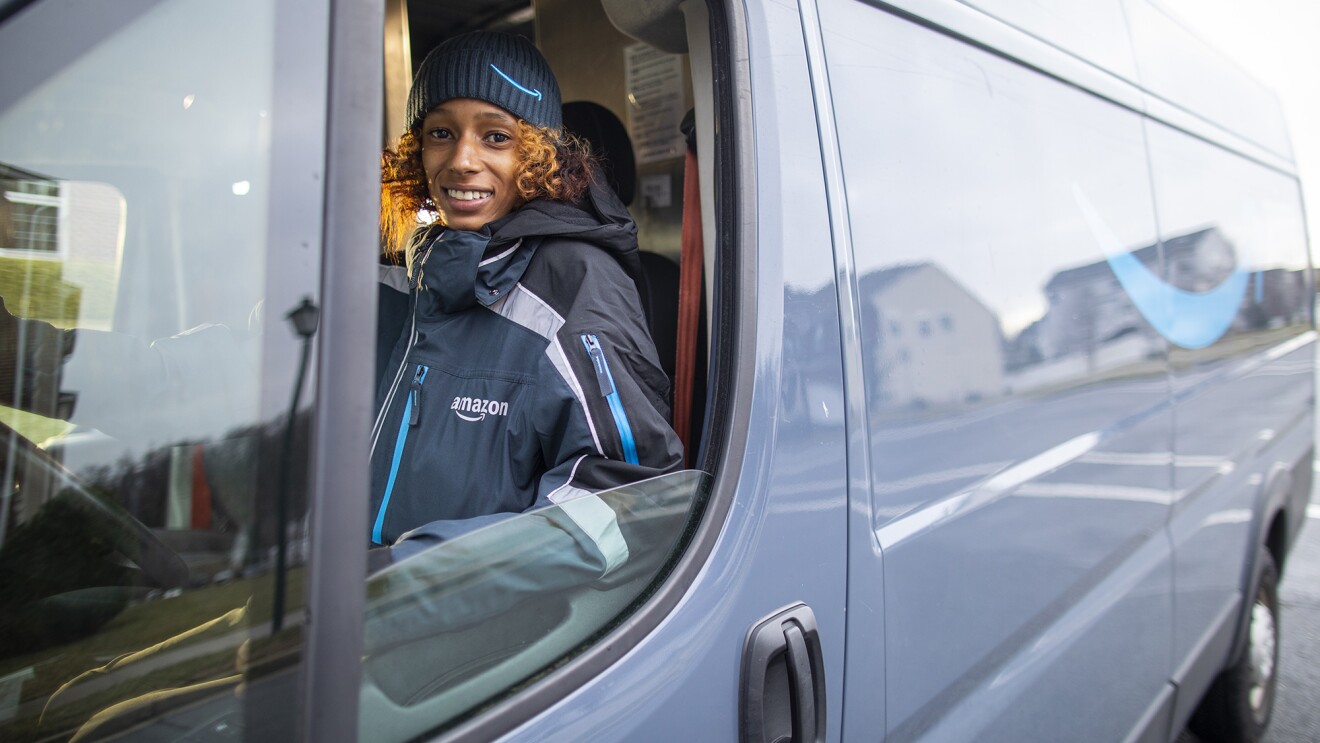Ever wonder how that product in your online shopping cart gets from Amazon to you? Now you can find out by visiting one of 20 fulfillment centers across the U.S. offering tours to the public.
If you are imagining a warehouse filled with handcarts and all the books in one place and apparel in another, picture this: orange robots balancing towers of goods twirling in what looks like a choreographed dance across shiny concrete floors, miles of conveyor belts and ramps carrying inventory across the building, and shipping labels practically flying onto boxes, blown by puffs of air.
Even in person, the scale can be difficult to grasp: the Baltimore center, for example, spans the equivalent of 28 football fields and can hold millions of items on any given day. Despite the cavernous space, the skylit climate is remarkably comfortable, kept at room temperature year-round. Associates pick, pack, and ship Amazon.com customer orders at more than 175 similar facilities worldwide.
On the hour-long tour, you'll see each part of the process and learn about some of the roles and benefits available for associates at fulfillment centers, including details on the following: Career Choice, a program that offers 95% prepaid tuition and fees for coursework in high-demand career areas, where a holiday job can lead, and how on-the-job training can lead to a tech job without college.
Here's more about what you'll learn and see on a tour:
1. Where products enter the warehouse
At the inbound dock, products get taken off trailers by forklift or manually built into pallets. Freight is separated between that coming from another Amazon facility and directly from a vendor, such as a seller using Fulfillment by Amazon (FBA). With FBA, small businesses store their products at fulfillment centers, and Amazon picks, packs, ships, and provides customer service, helping these businesses reach more customers. Half the items sold on Amazon.com are from small businesses and entrepreneurs.
2. The stow process
Instead of storing items as a retail store would—electronics on one aisle, books on another—all of the inventory at Amazon fulfillment centers is stowed randomly. Yellow, tiered "pods" stack bins full of unrelated items, all of them tracked by computers. This counterintuitive method actually makes it easier for associates to quickly pick and pack a wide variety of products.
Robots ferry these pods to associates at stow stations based on product size, navigating 2D barcodes on the floor and yielding way to one another depending on which has more pressing business. The stower looks for suitable space for each item and stows it into the pod, making it available for purchase on Amazon.com.
3. Picking orders
Pickers are like personal shoppers, plucking from hundreds of items a day to fulfill customer orders. When the order comes in, a robot brings pods full of items to associates working at pick stations. The picker reads the screen, retrieves the correct item from the bin, and places it into a yellow plastic box called a tote.
The robots are incredibly smart, but they aren't competing for jobs— at Amazon fulfillment centers. Transporting thousands of pods per floor with millions of products stowed inside, the robots enable more inventory to pass through a fulfillment center, which means more associates are needed for handling that inventory. Since 2012, Amazon has added tens of thousands of robots to its fulfillment centers, while also adding more than 300,000 full-time jobs globally.
4. Quality assurance
Different teams along the way ensure the fulfillment process runs smoothly. The Inventory Control and Quality Assurance team makes sure an item's physical location actually matches what's in the computer, tracking millions of units of inventory. The robots need support too, so Amnesty Floor Monitors make sure the floors are clear and reset the units when needed. Many other checks along the way verify the right product goes to the right place.
Touring an Amazon fulfillment center, you witness firsthand a process that is constantly being fine-tuned. While associates once needed to hand-scan a bin location after stowing each item, for example, machine learning now enables the system to know automatically the location where the associate has placed the item. It's impossible to predict today what technological innovation you might witness in six months.
5. Packing orders
First, items that belong to different shipments are organized and scanned for accuracy. Then they're sent to the pack station, where the computer system recommends box sizes to associates, and a machine measures out the exact amount of tape needed. Many items are shipped in their original boxes, and Amazon works with vendors to reduce packaging. At this stage, there's no shipping label—machines handle that down the line, protecting the customer's privacy and keeping the process efficient.
6. Shipping orders out
Packed envelopes and boxes then race underneath the SLAM (Scan, Label, Apply, Manifest) machines, which deposit shipping labels with astonishing speed and, contrary to the name, a light touch. For quality control, the package is weighed to make sure the contents match the order. A shipping sorter reads package labels to determine where and how fast customer orders should be sent, serving as a kind of traffic conductor.
Ready to roll, the packages are nudged from the conveyor down slides into the correct trailer based on shipping method, speed of delivery, and location. Each door at the shipping dock accommodates trailers from a variety of different carriers and locations.
What to know before you go
The 60-minute tours must be scheduled online and are open to anyone ages 6 and up. Safety is paramount, so visitors must wear flat shoes with a closed toe and heel, tie back long hair, and use handrails on stairs. Your guide will run through safety tips at the outset and provide headsets for everyone so the tour is audible above the machinery.
Trending news and stories


